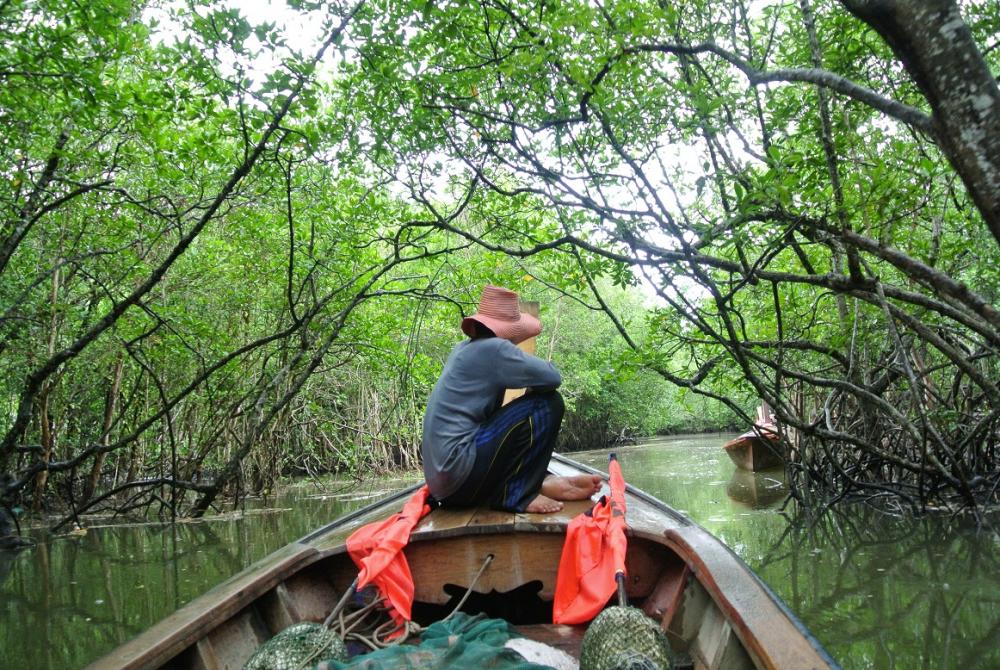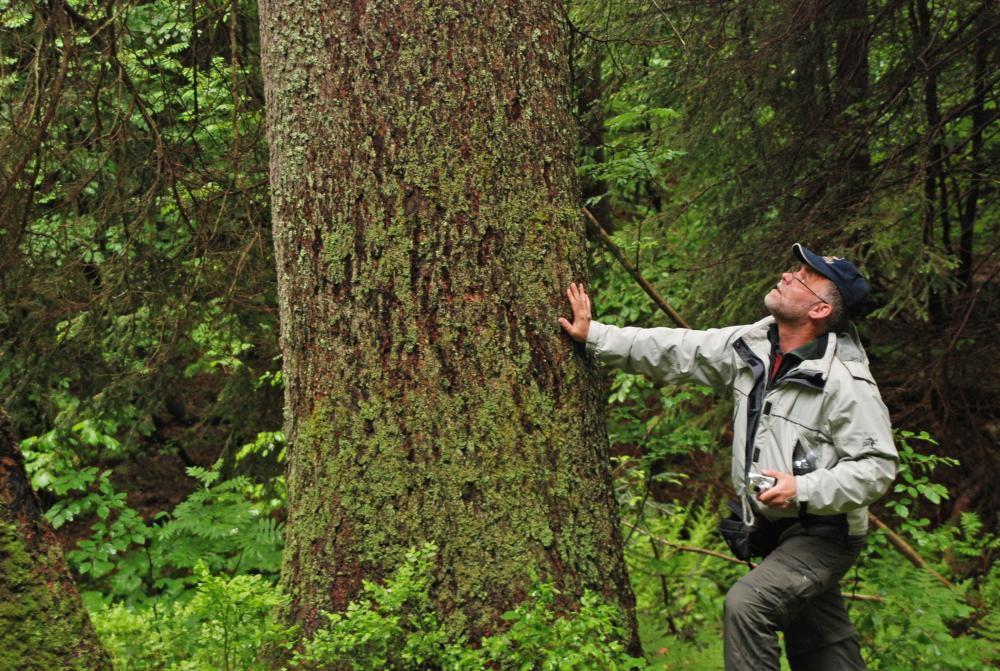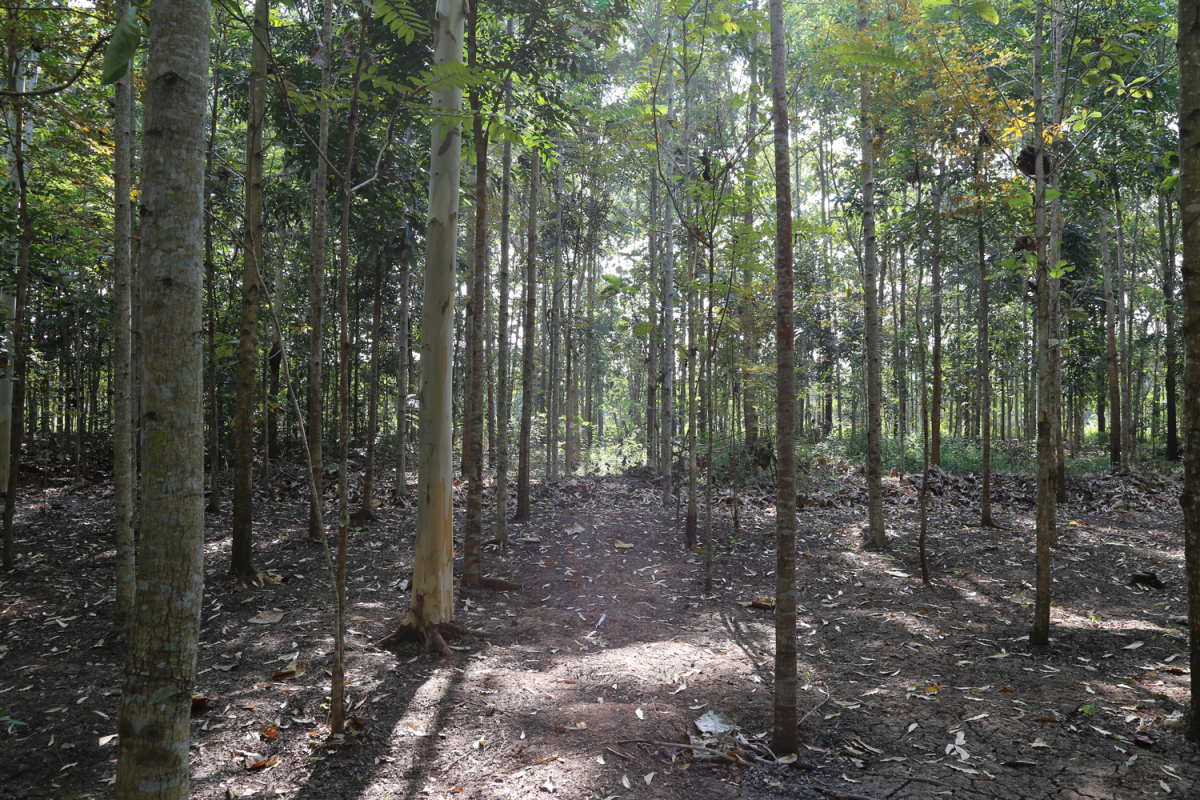Undertaking large-scale forest restoration to generate ecosystem services
Paper by David Lamb, 2018
There is growing global interest in substantially restoring forest cover in order to provide some of the ecosystem services lost when deforestation occurred. For example, the New York Declaration on Forests has set a target of committing to reforesting 350 million ha by 2030 (i.e. only 18 years away). Ambitious targets like this are difficult. One reason is the sheer magnitude of the reforestation effort. The other difficulty lies in ensuring that the forms of reforestation used actually generated the desired ecosystem services. Many organisations confronted by large reformation targets may be inclined to simply use well-known industrial plantation forestry methods. These may be sufficient to produce some ecosystem services but not others. The question is – what are the alternatives?
A recent (2018) paper by David Lamb (Undertaking large-scale forest restoration to generate ecosystem services. Restoration Ecology 26: 657-666) acknowledges that in an ideal world some form of ecological restoration would be used. But it also recognises that ecological restoration is technically difficult and expensive to apply over the large areas now being discussed. Likewise, natural regeneration can be an attractive possibility, especially when dealing with large areas, but it may not always be feasible in many areas. So, might some form of less-diverse reforestation still be effective?
The paper reviews what we know about the relationship between tree species richness and ecosystems services and concludes that many ecosystem services (though not all) can be provided by restoring a relative modest proportion of the original tree species richness. But it also concludes that the generation of ecosystem services also depends on the location and extent of reforestation as well as on the numbers of species used. Juggling the type, location and scale of reforestation to generate ecosystem services in a particular landscape is complicated. It is even more so when reforestation must also improve the livelihoods of people living in these landscape. The paper reviews some of the trade-offs involved and suggests some ways forward.






